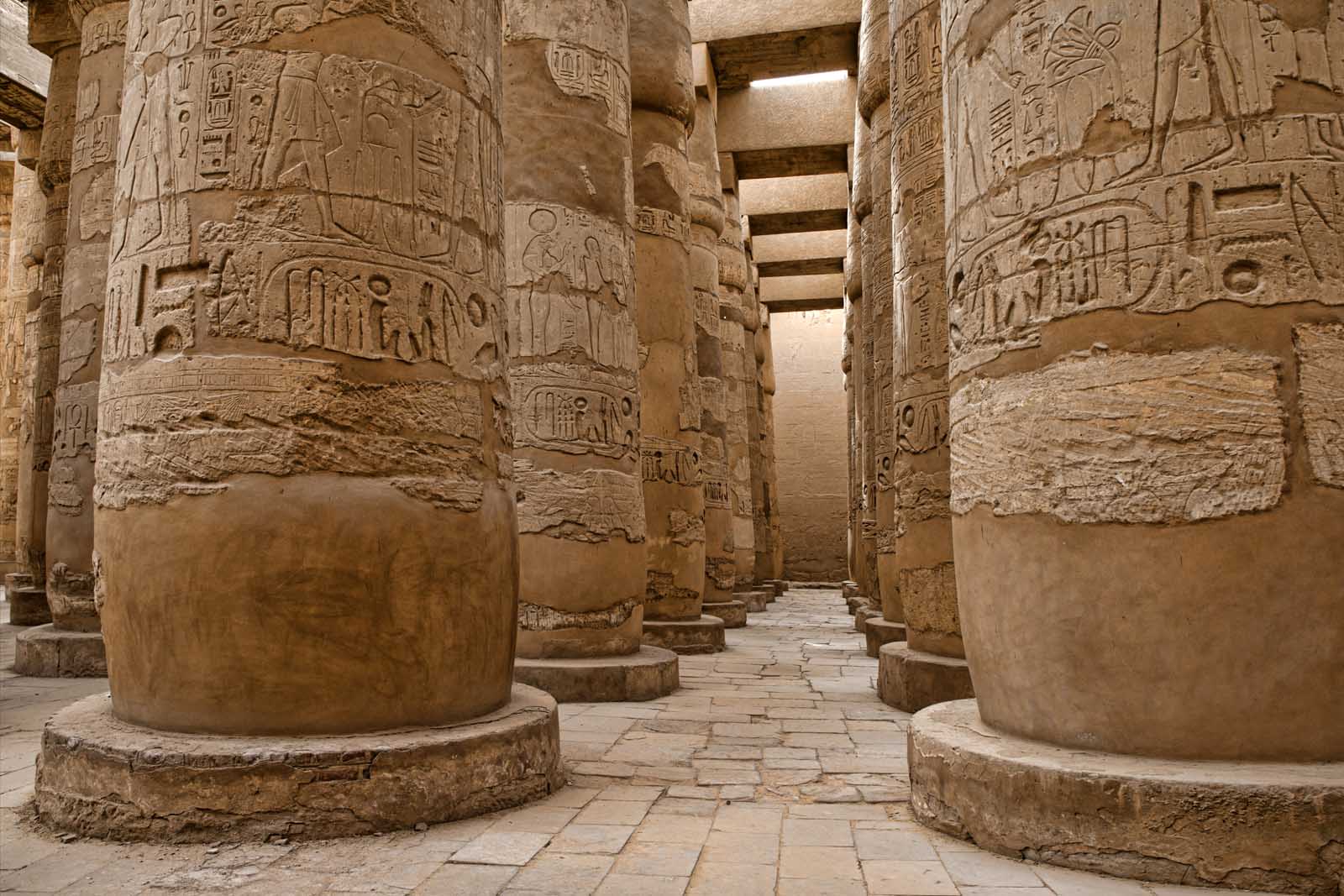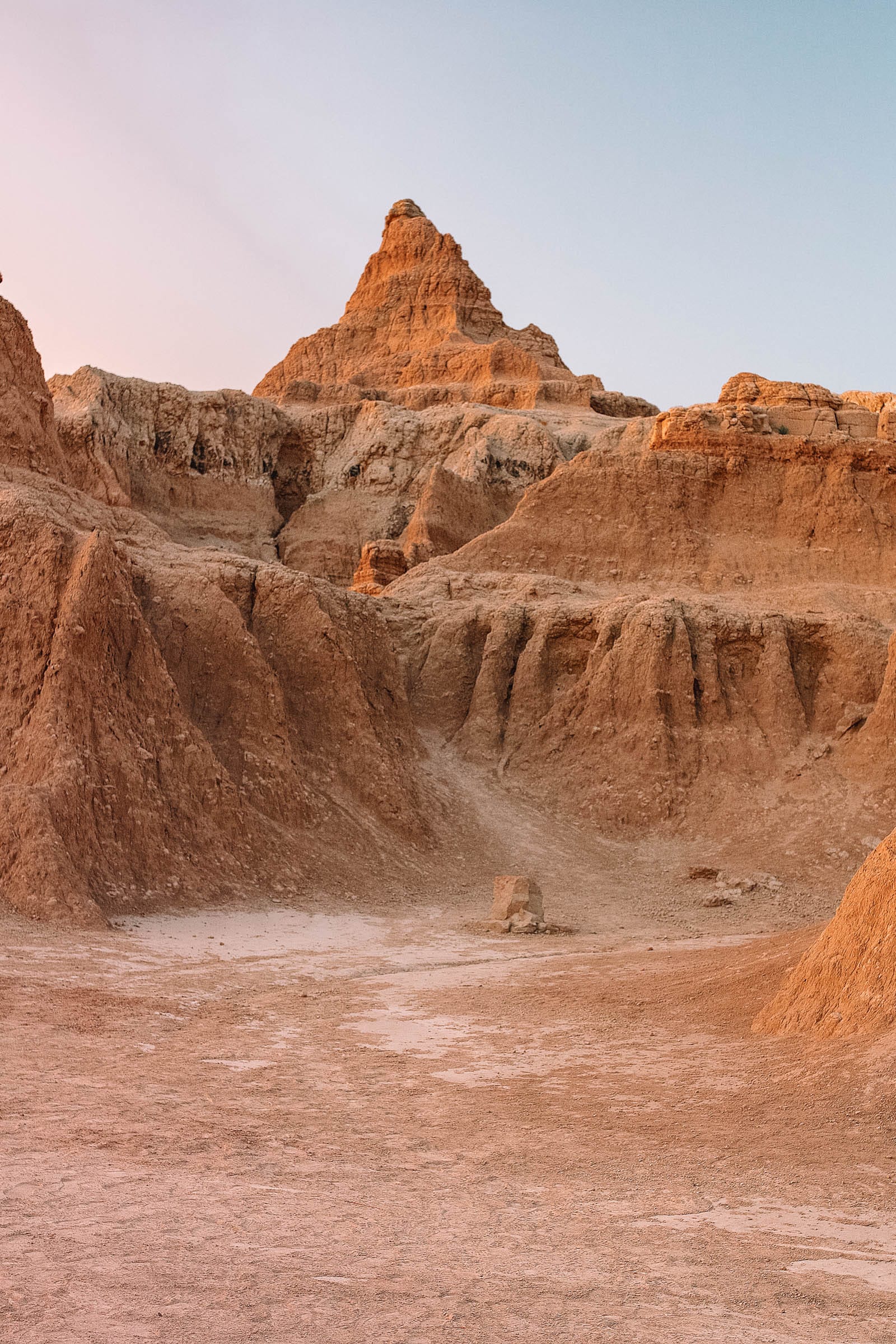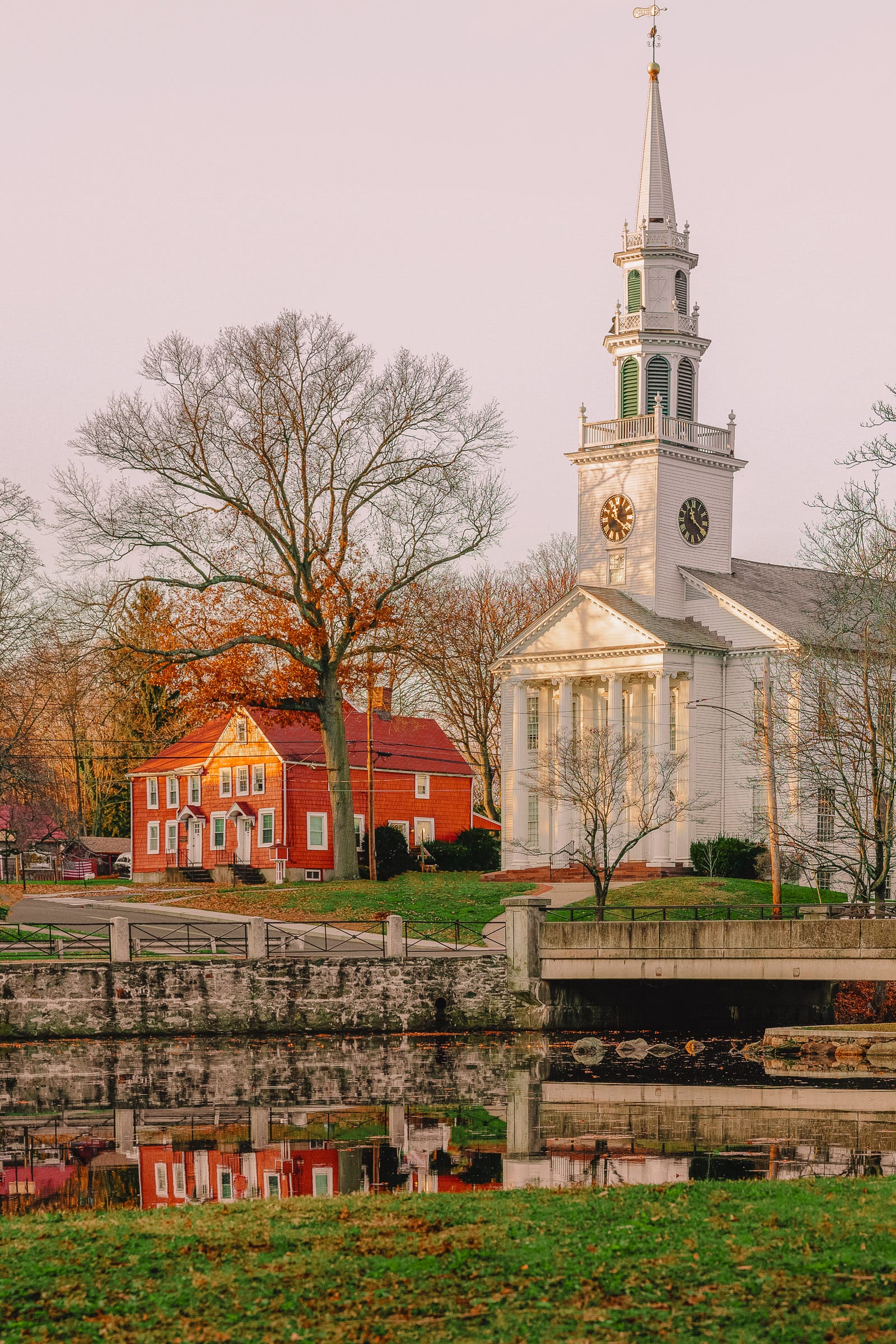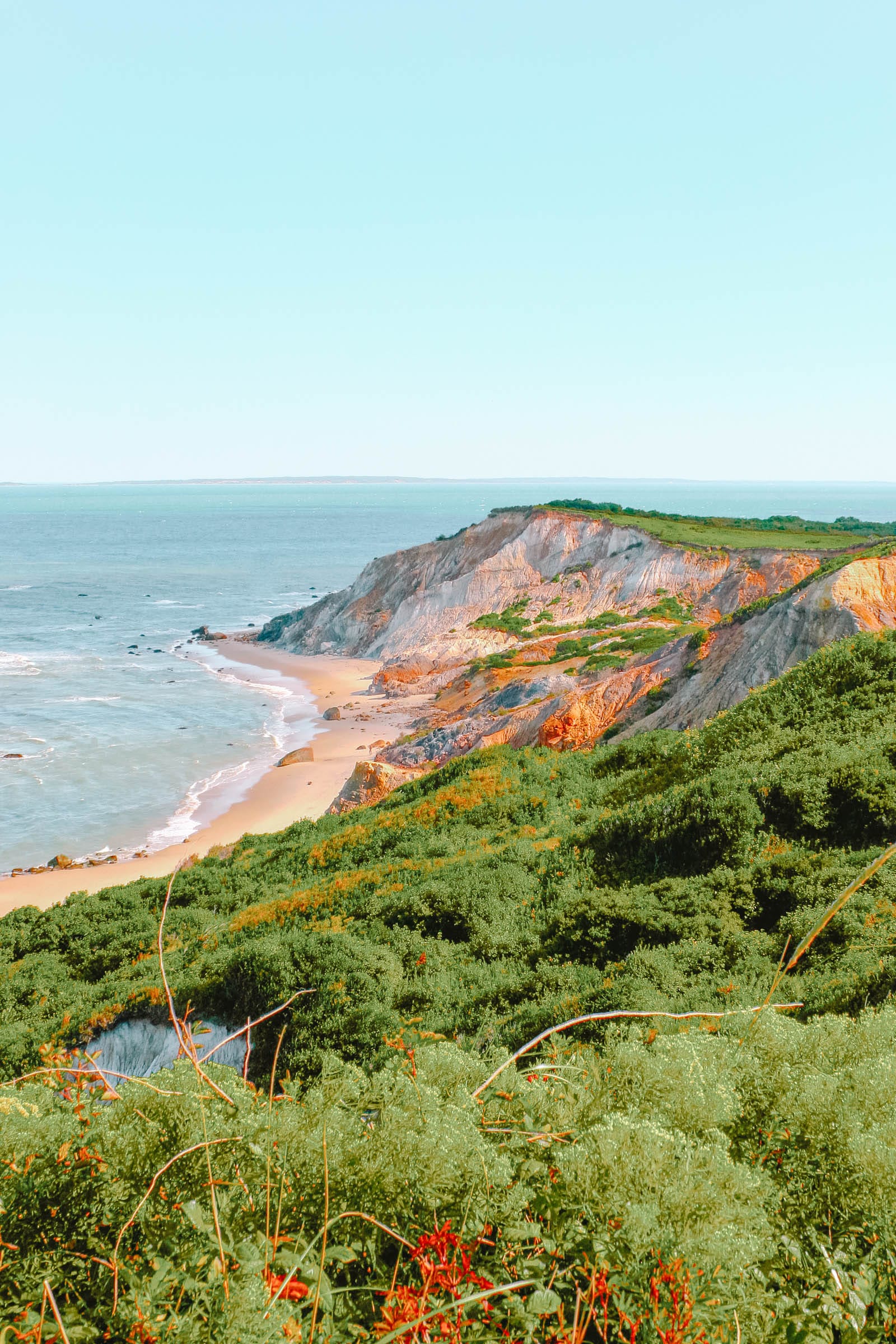Summary
- Interesting Facts About Egypt
- Egypt Geography
- Egypt is home to the Only Remaining Ancient Wonder in the World
- No, the Ancient Egyptian Pyramids Were Not Built By Slaves
- Ancient Egyptians and the Afterlife
- Many Ancient Gods of Ancient Egypt
- Egypt is home to 7 UNESCO World Heritage Sites
- Mount Sinai and the 10 Commandments
- Ancient Egyptians Loved Board Games
- Cleopatra was not Egyptian
- 95 Percent of Egyptians Live Along the River Nile
- Deserts of Egypt
- Boy King Tutankhamun and the Curse of the Mummy
- Alexandria was named after Alexander the Great
- Egypt Borders Two Seas
- Egypt Controls the Suez Canal
- The World’s Largest Embankment Dam is Located in Egypt
- Cats are Sacred
- The Twelve Month Calendar was Invented in Egypt
- Makeup and Ancient Egyptians
- Egypt Has a Wide Variety of Animals
- Religion in Egypt
- Fast Fun Egypt Facts
What can we say about Egypt? It’s a land of myths and legends, ancient civilizations, and The Pyramids of Giza. Egypt is an exciting country to visit with some of the most fascinating historical places on the planet. There is so much more to Egypt than just the pyramids and you’ll see why as we go through these most interesting facts about Egypt!
As one of the world’s oldest civilizations, Egypt is captivating, attracting visitors to the banks of the Nile and its huge pyramids for centuries. If you’re planning to visit the Middle East, these Egypt facts will help you understand the history of the ancient Egyptians and the background of some of the country’s most popular attractions.
Interesting Facts About Egypt
Speaking of being one of the oldest civilizations, many of the best facts about Egypt have to do with ancient Egypt and its many ancient Egyptian Gods. Tourism plays a key role in Egypt’s industry. Many of its top tourist attractions were built by the ancient Egyptians, and many of the customs and practices follow the ancient Egyptian traditions that were followed by the Pharaohs and their religion of Islam. So, what are some cool Egyptian facts that you want to learn about? Read on!
Egypt Geography
Before we get started, let’s talk about the Geography of Egypt. Did you know that Egypt is a Transcontinental country? It spans from Africa to Asia. The Sinai Peninsula is actually a land bridge between the two continents making it a quite unique location.
Egypt is bordered by Libya to the west, Sudan to the south, and Israel to the northeast. The Mediterranean Sea is to the north, and The Red Sea is to the east. Egypt has a coastline along the Gulf of Aqaba, a narrow body of water that connects to the Red Sea.
1. Egypt is home to the Only Remaining Ancient Wonder in the World
The only remaining monument of the seven ancient wonders of the world is still standing in Egypt. Only the Great Pyramid of Giza, in El Giza, Egypt, has stood the test of time. The Pyramids of Giza are located in the capital city of Cairo and are as awe-inspiring as they always have been. The Great Pyramid of Khufu is the largest of all the pyramids, built to house the Pharaoh Khufu in the fourth century. Today, it is known as the Pyramid of Cheops.
You cannot miss visiting the pyramids when you travel to Cairo; they can be seen from all over the city. The Pyramid of Khufu is massive, standing at a height of 146.7 meters (481 feet). Plus, it is so massive it is estimated to weigh the same as 16 Empire State Buildings.
Wondering what the other seven wonders of the ancient world were? The Hanging Gardens of Babylon (Iraq), the Mausoleum of Halicarnassus (Turkey), the Temple of Artemis (Turkey), the Statue of Zeus (Greece), Colossus of Rhodes (Greece), and the Lighthouse of Alexandria (Egypt).
2. No, the Ancient Egyptian Pyramids Were Not Built By Slaves
Speaking of the pyramids, it was commonly thought that they were built by slaves. It wasn’t until visiting Cairo that it was learned that the pyramids were, in fact, built by proper laborers. Archaeological discoveries proved that there were purpose-built villages to house the workers, and they were fed and treated well. The things you learn when you travel fill our heads with tons of fun facts!
3. Ancient Egyptians and the Afterlife
Some fun facts about the Pyramids are that they were built to house the rulers of ancient Egypt and ferry them and their families into the afterlife. The pyramids served as tombs for the Pharaohs and their families, and the Egyptian gods assisted them in the afterlife.
Ancient Egyptians believed that they had to follow strict rules to have a good afterlife and that it was up to the living to help guide them. Great care was taken in the mummification process because the ancient Egyptians believed that the body needed to be preserved to be reborn and ferried to the afterlife. They even mummified animals.
4. Many Ancient Gods of Ancient Egypt
Navigating life as an ancient Egyptian was quite challenging. They had many Gods to please, worshipping hundreds of Gods and Goddesses; they had to constantly work to ensure balance in their lives and guarantee their place in the afterlife. Over the years, Gods fell in and out of fashion, just as our celebrities do today. Some of the most enduring Gods were Isis, Osiris, and Ra—the Sun God.
5. Egypt is home to 7 UNESCO World Heritage Sites
Do you know that Egypt is also home to seven UNESCO World Heritage sites? That’s right; Egypt has a lot to offer! The seven sites are Abu Mena, Historic Cairo, Abu Simbel, Saint Catherine, Wadi Al-Hitan (aka Whale Valley in the western desert of Egypt), Memphis and its Necropolis, and Ancient Thebes. Have you been to any of them? We have visited all but two. We have yet to visit Abu Mena or Whale Valley.
Memphis and its Necropolis are the Pyramid Fields from Giza to Dahshur, so chances are if you have been to Egypt, you have seen this UNESCO Site. Ancient Thebes is where you’ll find Luxor and the Valley of the Kings, Abu Simbel is on Lake Nasser, Historic Cairo is a must-visit destination, and Saint Catherine is located at the foot of mountains where Moses received the 10 Commandments.
6. Mount Sinai and the 10 Commandments
Mount Sinai is the mountain that Moses climbed to receive the Ten Commandments. Located in the Sinai Peninsula, this mountain is sacred in both Christian and Islamic religions. It is an important pilgrimage site and stands at 2,285 meters (7,497 feet) high. Here you’ll find the UNESCO World Heritage Listed Saint Catherine Monastery.
7. Ancient Egyptians Loved Board Games
We actually have a lot in common with the ancient Egyptians, and one of the more fun facts is that they, too, enjoyed board games. It wasn’t just the wealthy that played board games; even commoners appreciated a good game.
The most popular board games were Senet and Mehen. Senet was so well-liked that even Pharaohs were buried with the game to entertain them in the afterlife. These board games date back 5000 years. What is your favorite board game?
8. Cleopatra was not Egyptian
Another interesting fact about Egypt is that Cleopatra, one of the most famous figures from ancient Egypt, is actually Greek, not Egyptian. While she was born in Alexandria, she had no Egyptian blood and was instead a descendant of the Ptolemaic Dynasty, a line of Greek Macedonians. The Ptolemaic Dynasty ruled ancient Egypt from 323 to 30 BC. The name Cleopatra means “Famous in Her Father” or “Her Father’s Fame” in Greek.
9. 95 Percent of Egyptians Live Along the River Nile
Did you know that the longest river in the world is located in Egypt? The Nile River runs through Egypt, with around 95 percent of the population residing along its banks. Given that much of the country consists of desert, this isn’t surprising. Ninety percent of Egypt is desert, and the River Nile divides that expanse.
The ancient Egyptians divided Egypt into two lands: the desert and the Nile Valley. Contrary to what you might think, Upper Egypt is in the south, and Lower Egypt is in the north. This is because the Nile flows north towards the Mediterranean Sea, and the Nile River Delta is actually fertile land suitable for farming.
10. Deserts of Egypt
There are three deserts in Egypt: the Western Desert (also known as the Libyan Desert), the Eastern Desert (the Arabian Desert), and the Great Sand Sea, which is a portion of the Sahara Desert.
The deserts of Egypt host unique ecosystems comprising several oases, mountains, sand dunes, and oil reservoirs. Our favorite desert in Egypt was the White Desert in central Egypt.
11. Boy King Tutankhamun and the Curse of the Mummy
King Tut (King Tutankhamun) is perhaps the most famous of all the ancient Egyptians, but very little was known about the boy king who died young at 19 until British archaeologist Howard Carter discovered the tomb in 1922. King Tut’s Tomb is the smallest in the Valley of the Kings, but it was filled with incredible wealth.
It was believed that the Hieroglyphs on the wall of King Tut’s tomb carried a curse of death. I’m glad I didn’t know about this curse before entering King Tut’s tomb during our visit, or I might have hesitated!
12. Alexandria was named after Alexander the Great
Not surprisingly, the city of Alexandria was named after the conqueror of Egypt in 331 BC. One of the ancient wonders of the world, the Lighthouse of Alexandria, was located here.
13. Egypt Borders Two Seas
Egypt has an intriguing geography and is strategically situated between the Mediterranean Sea and the Red Sea. The Suez Canal connects the two seas, allowing ships to navigate easily between Asia and Europe. Egypt has been a strategic location for centuries. Many people think that Egypt consists solely of deserts, but it also features coastal areas with beautiful resorts, wetlands teeming with wildlife, and river islands.
Egypt Controls the Suez Canal
Indeed, Egypt is home to the Suez Canal, which traverses the country. The Suez Canal is a man-made waterway connecting the Mediterranean Sea to the Red Sea, providing a direct maritime route between Europe and Asia. The canal is entirely situated within Egypt and is a key component of international shipping and trade.
After gaining independence from England, Egypt took full control of the Suez Canal in 1952.
14. The World’s Largest Embankment Dam is Located in Egypt
Egypt houses one of the world’s largest dams. The Aswan High Dam is the world’s largest embankment dam, spanning across The Nile, separating Egypt from Sudan and creating Lake Nassar, which is one of the world’s largest reservoirs.
Though this may seem like a monumental achievement, during our cycling journey from Egypt to Sudan, we witnessed the devastation that this dam has caused. Previously, Sudan was lush and green along the Nile, and even tourists from the UK would vacation in Wadi Halfa there. Today, it is a parched landscape, a byproduct of the damming of Lake Nassar.
15. Cats are Sacred
It’s true that cats were considered sacred animals in ancient Egypt. From what I observed during our visits to Egypt, they are still cherished and venerated. Our guesthouse in Cairo had plenty of cats lounging on its rooftop terrace, which we enjoyed cuddling with. Cats were believed to bring good luck and, when one died, they were so revered that the pharaohs had them mummified. As a cat lover, this resonates with me.
16. The Twelve Month Calendar was Invented in Egypt
You may not know this, but the calendar we use today was invented by ancient Egyptians. Yes, the world’s first calendar was developed in Egypt. In fact, it is the year 6264 in the Egyptian calendar.
Ancient Egyptians utilized a 12-month calendar similar to ours today. However, each month comprised only 30 days, resulting in a total of 360 days per year. Consequently, their years fell out of sync with the seasons. To compensate for this lost time, a 5-day festival was held at the end of each year.
17. Makeup and Ancient Egyptians
Ancient Egyptians believed that makeup possessed healing powers, protecting them from the sun; therefore, both men and women wore makeup. The black eye paint known from ancient Egyptian depictions was made from red, and they also used green makeup made from copper.
18. Egypt Has a Wide Variety of Animals
One might think that Egypt has little wildlife due to its desert landscape. While ancient Egyptians depicted hippos and elephants in their artwork, those animals no longer exist. However, Egypt’s wildlife remains diverse, with crocodiles, cobras, jackals, and hyenas being common, and occasional sightings of cheetahs.
Religion in Egypt
Ninety percent of Egyptians are Muslim, followers of the Islamic faith, and considering that Mount Sinai is where Moses received the Ten Commandments, it’s no surprise that Copts, one of the oldest branches of Christianity, constitute the remaining 10% of Egypt’s religious landscape.
Fast Fun Egypt Facts
- Cairo is the capital and largest city of Egypt, also the largest city in the Middle East and the Arab World.
- The official language of Egypt is Arabic, but many people also speak English, and knowing French can be advantageous.
- The official name of Egypt is The Arab Republic of Egypt.
- As of 2020, Egypt has a population of 102.3 million.
- The first humans in Egypt date back to 8000 years, while the ancient civilization we recognize today was established around 3000 BC.
- Egypt has experienced control under the Roman Empire, the Greek Ptolemaic Kingdom, Muslim forces, and even the British throughout the centuries.
Did you know that hieroglyphs, the ancient language once used by the Egyptians, contain about 700 symbols? Can you imagine learning this language? Perhaps you can give it a try during your visit and read some ancient symbols on tombs.
These are some fun facts about Egypt. Did we miss any? If you’ve been to Egypt, what is your favorite place to visit?




